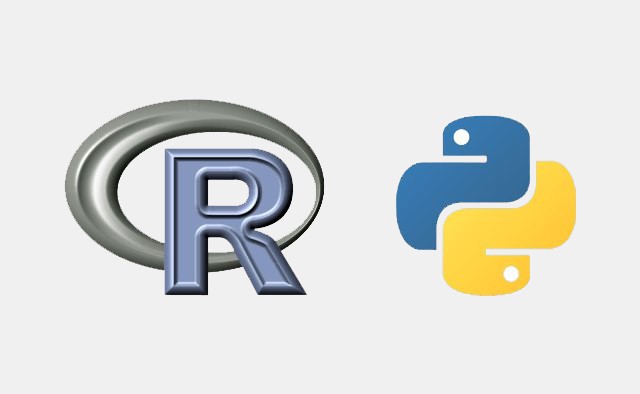Hello!
 Due to the popularity of data science, machine learning, advanced analytics, machine learning, and artificial intelligence, people who are more interested in these fields have many important questions to consider.
Due to the popularity of data science, machine learning, advanced analytics, machine learning, and artificial intelligence, people who are more interested in these fields have many important questions to consider.
This includes choosing the best programming language or deciding which frameworks, APIs, and platforms to use for a specific scenario or task.
This article will help you to choose the best programming language for your project if you’re thinking about developing artificial intelligence solutions. So, let’s get started.
R and Python share many of the same features. They are both very popular and widely used tools among developers. Both languages are free and open-source. However, Python is designed to be a very useful programming language while R is primarily used for statistical analysis. Let’s take a look at the pros and cons of each language so you can decide which one suits you best.
Python
This programming language was developed in the late 1980s and plays an important role in the powering of Google’s internal infrastructure. It is used by many passionate developers and is extensively used in applications like Instagram, YouTube, and Quora.
It can be used across many IT companies and allows for easy collaboration between the development teams. This language is the best choice if you are looking for a flexible programming language that can be used in multiple situations and has a wide support network.
Python’s Advantages
Language for General Purpose
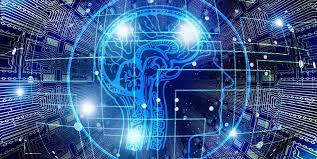 If the project requires more than statistics, it is considered a great option. It is possible to design a functional and intuitive website.
If the project requires more than statistics, it is considered a great option. It is possible to design a functional and intuitive website.
Easier Learning Curve
It’s easy to use and accessible, which allows a custom-software development company to find skilled developers much quicker.
There are Many Important Libraries
There are many libraries that can be used to gather and control information. Scikit, for example, includes tools that can be used to both investigate and do information mining. This is useful in support of Python-based AI.
Seamless Integration
In engineering environments, Python is generally more integrated than R. This is despite designers trying to use lower-level languages such as Java, C++, and C++. It often leads to better joining of components with the Python wrapper. A Python-based stack makes it easier to integrate the various tasks of data researchers and bring them into the creation.
It Increases Productivity
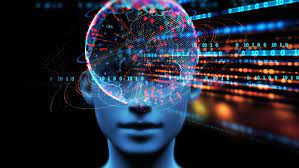 Python’s syntax can be easily deciphered and is, unlike other programming languages like R, more profitable for developers.
Python’s syntax can be easily deciphered and is, unlike other programming languages like R, more profitable for developers.
Python’s Disadvantages
- It only contains a handful of statistical model packages.
- GIL (or Global Interpreter Lock) makes threading in Python both challenging and difficult. Multi-threaded CPU-based programs perform slower than single-threaded applications. An AI project is better for multiprocessing than multithreaded programming.
R
It was developed primarily by statisticians for statisticians. Any developer can simply look at its syntax to predict the outcome.
The language is rich in mathematical computations, which are used in machine learning. This makes it a great choice for people who want to understand the underlying details and create innovative applications. R is a great tool for narrowing down projects that are primarily based on statistics.
Advantages of R
Analysis of Best Suited
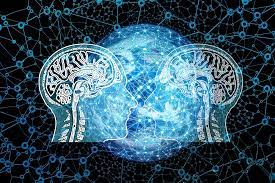 R is the best choice for data visualization and analysis projects that require rapid prototyping. It also supports different datasets, which can be used to create different machine learning models.
R is the best choice for data visualization and analysis projects that require rapid prototyping. It also supports different datasets, which can be used to create different machine learning models.
Many Useful Libraries and Tools
R is very similar to Python. It contains many packages that can be used to improve the performance of projects involving artificial intelligence. R developers have easy access to the advanced data analysis packages, which cover pre- and post-modeling phases. These packages are designed for specific tasks like model validation or data visualization.
Disadvantages of R
Steeper Learning Curves
R is a complex programming language. This means that you will need to hire experts to help you develop your project.
Also read:
- Choose the Right Business Continuity Test for You for 2025
- Accounting For Startups: 12 Tips To Keep Your Business Financially Healthy
- TunesKit Audio Capture Review
Inconsistency
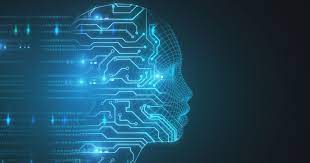 R’s algorithms are derived largely from third-party sources, so there will be inconsistencies. Every time an AI company uses a new algorithm, all the associated resources must learn different ways to model data and make predictions. Every package must be learned, and R doesn’t have a lot of documentation. This can negatively impact the overall development speed.
R’s algorithms are derived largely from third-party sources, so there will be inconsistencies. Every time an AI company uses a new algorithm, all the associated resources must learn different ways to model data and make predictions. Every package must be learned, and R doesn’t have a lot of documentation. This can negatively impact the overall development speed.
Conclusion
Both R and Python have their advantages when it comes to artificial intelligence projects that cloud computing services use. But, Python is better at data manipulation and repetitive tasks. It is an excellent choice if you are looking to develop artificial intelligence solutions. R is the best choice if you need to create a tool to perform ad-hoc analyses at an early stage in your project.
Thank you!
Join us on social networks!
See you!

